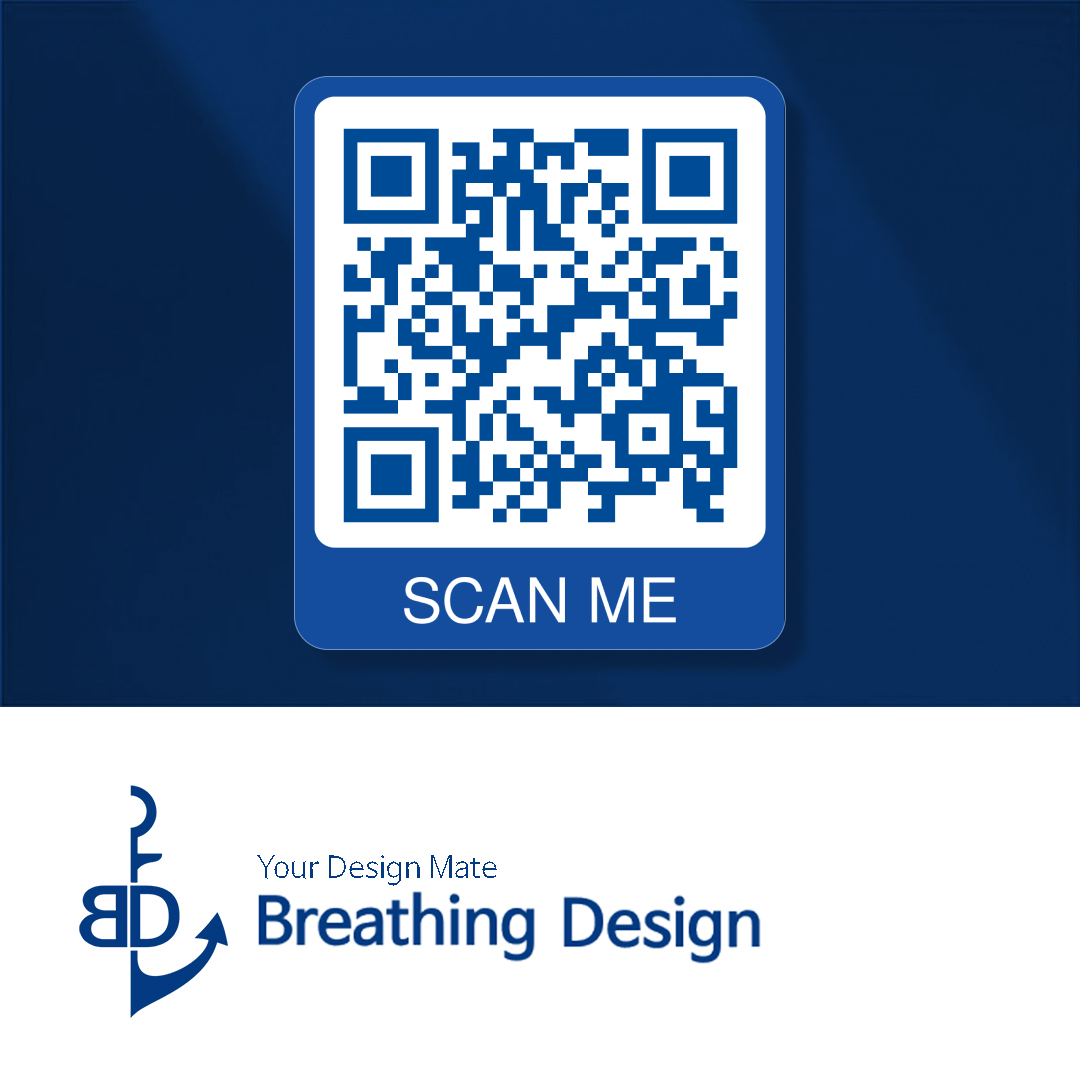You've decided to create a book. Whether your goal is sales or free distribution, I believe you all share the understanding that reaching a wide audience enhances the value of the book you've created and adds more meaning to your work. If you aspire to successful book production and publication, I strongly encourage you to read this article.
We'll introduce you to the 14 steps of e-book creation, along with valuable resources and methods to reference. These steps cover everything from choosing your topic, defining your target audience, organizing your ideas, conducting research and gathering materials, writing, editing, formatting, designing a cover, conducting essential tests and reviews before publication, to marketing, and incorporating market feedback for ongoing maintenance to ensure a successful book launch.
If you haven't experienced e-book production before, this will be a significant help. Even if you have prior experience in e-book publishing, I encourage you to read the following sections. It could provide an opportunity to assess if there are any areas in your e-book production process that could benefit from improvement.
It might be challenging to fully grasp the importance of planning or find it bothersome to create plans. However, if you rush through this stage for these reasons, the hastily constructed foundation can become shaky, leading to unnecessary effort and time spent on revisions and improvements. In some cases, you might even need to start over from scratch. There's a reason why planning is always the starting point in any industry or workflow, so let's explore it together. Regardless of the field you're creating a book in, I firmly believe it will prove beneficial.
The 14 Steps of E-book Creation
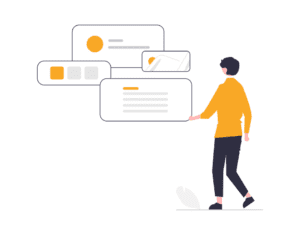
Step 1: Selecting a Topic
Once you've decided to write an e-book, it's time to choose the subject matter for your writing.
Your chosen topic and your book's title don't always have to be the same. For example, the topic of the piece I'm currently writing is "E-book Cover Design Tips," but the title is "A Working Designer's Guide to Creating E-book Covers for a 10-Year-Old." Personally, I recommend selecting your topic first and having at least a rough title in mind, even if it's a working title. This approach can be highly beneficial as you write because it helps you maintain a clear direction and continually consider your target audience. I can't help but wonder what title your 10-year-old niece will choose. In recent times, it's become quite the challenge to predict the preferences of the Alpha generation. Nevertheless, given that she is growing up in a smarter era than us millennials, who experienced crises like the financial meltdown and the foreign exchange crisis, I have high expectations for her extraordinary creativity.

Step 2: Defining Your Target Audience
Who are you writing your e-book for? I wrote this book with parents and guardians of school-age children and nieces and nephews in mind. Adults who aspire to generate passive income by using computers may also find this book intriguing. If not, that's okay too. When creating an e-book, it's essential to consider the age, interests, and needs of your target audience.
Perhaps her first e-book's readers will consist mostly of her family and friends. After all, true fans of lesser-known actors and authors are often their closest relatives and friends.

Step 3: Organising Your Ideas
Now that you've defined your e-book's target audience, it's time to organize your ideas and plan the structure. The idea structure involves listing the topics and content for each chapter. While the content may evolve as you write, try to outline the information you want to convey into subtopics and key points. Prepare thoughtfully but don't dwell on it too long. Any lacking ideas can be refined, condensed, or changed in the next step, "Research and Data Collection."

Step 4: Research and Data Collection
Gather information related to your chosen topic and collect the necessary data. When collecting data, it's important to obtain information from credible sources as this adds trustworthiness to your writing.
This step is crucial for another reason. Depending on the quality of your research and analysis, you may modify and improve the weak points identified in the previous step, the idea organization phase. Ultimately, this process will clarify the information you want to convey in your writing. It can save a significant amount of time and help you achieve a more concise and polished final product.

Step 5: Writing
Based on the improved ideas and gathered data from the research phase, start writing your e-book. Create a table of contents and compose content for each chapter. Depending on your content, your e-book may consist entirely of text or include images and graphics. To maintain the flow of your writing, use word processing software such as MS Word or a similar program to draft your content. Remember that perfect sentences don't exist from the start. Write first and refine your text through editing.

Step 6: Editing and Revision
This step involves refining and editing the initial draft. If you've ever edited your own work, you'll likely come across moments when you think:
"I wrote this, but it's overly superficial."
"It's clichéd and boring. I need more convincing and relatable expressions."
"This doesn't seem logically consistent."
"Oh no, these typos!"
Check grammar, spelling, and logical structure, and swiftly eliminate your own "dark history" – mistakes you can spot that others may not.

Step 7: Design
The design of an e-book is crucial.
Now, you need to decide on the design of your e-book. Consider creating a visually appealing design that includes text, images, graphics, and more. Visual appeal involves using a legible font for your written content, applying it effectively to convey your message, and strategically placing relevant images and graphics to enhance the overall attractiveness of your writing.
Just as an ice cream shop with a well-organized interior, neatly arranged ice cream varieties, and an appealing presentation attracts more customers, a well-designed e-book captures the interest of readers.
People might not easily distinguish between similar ice cream shops with similar offerings and layouts, but subtle details like the cleanliness and organization of the shop, the clear labeling of ice cream flavors, and the presentation of the ice cream containers and spoons can make a significant difference. Everything must be harmonious within the realm of design.
However, some individuals can't see these rules. That's perfectly normal. If everyone could see these rules and apply them, designers would have no place as experts. For those who don't see the rules or find them challenging to implement, there are numerous free references available on the internet.
If you wish your e-book to be chosen by many, I recommend finding and referring to good design references for a high-quality finish. There are plenty of free images and fonts available. If you find it challenging to select from the plethora of options, search for legible fonts and use them directly. Be cautious when downloading or capturing images from sources found on Google or Naver, as using them without permission can result in copyright infringement. Ensure that you are clear on whether the sources you want to use, including images, fonts, and graphics, are free for commercial use. There are quite a few free images and fonts that you can use for commercial purposes, so there's no need to worry too much.

Free Font Source Platforms
1. 눈누 – Free Korean Font Site
https://noonnu.cc
2. 산돌구름 – Free Fonts
https://www.sandollcloud.com/
3. Google Fonts
https://fonts.google.com
4. Naver Beautiful Korean Fonts
https://hangeul.naver.com/font
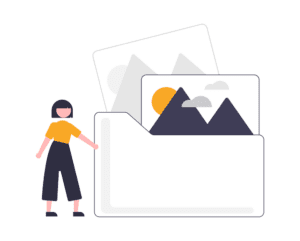
1. Freepik Collection of Character Images
https://www.freepik.com/
2. unDraw Simple Illustration Collection
https://undraw.co/illustrations
3. Pixabay Popular Free Image Site
https://pixabay.com/
4. Unsplash High-Quality Images by Professionals
https://unsplash.com/
5. Pixels Over 3.2 Million Images & Videos
https://www.pexels.com/
These free font and image source platforms provide a variety of resources to enhance the design and content of your e-book. Be sure to check their usage policies to ensure compliance with copyright and licensing regulations.
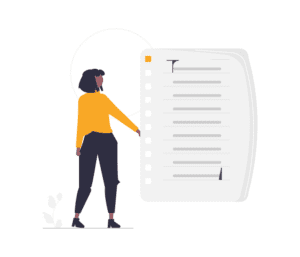
Step 8: Formatting
Before publishing your e-book, format it appropriately. Set the layout, fonts, and sizes for each page. You don't necessarily need professional software like Adobe InDesign to format an e-book.
If you plan to publish in PDF format, applications like Microsoft Word or Hancom Office are sufficient for formatting.

Step 9: Cover Design
Design the cover for your e-book. Your e-book's cover should be attention-grabbing.
When we browse books in bookstores, we often judge a book by its title and the designed feel of the book. Similar to how someone unfamiliar with wine can be easily swayed by an attractive label and bottle silhouette, this concept might apply even more to wines they haven't tasted before. In the upcoming chapter focused on "Cover Design," we will delve into the installation of design programs and experience the detailed steps and methods for creating a cover design.

Step 10: Testing and Review
Test your e-book on various devices and in different environments, and conduct a final review of the content.
E-books are typically in PDF or EPUB format. In this project, we will work with the final file in PDF format. After you've completed the e-book's content and cover design in a single PDF file, it's essential to ensure that it functions flawlessly on mobile devices, tablets, and PCs. Check if the font size is readable, and make sure there are no missing images.
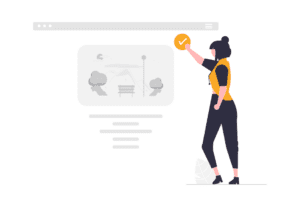
Step 11: Publishing
Make active use of e-book platforms, social media, and blogs for the publication process.

Step 12: Marketing
To promote the e-book, establish a marketing plan.
Utilise social media and blogs for promotion.

13. Feedback and Improvement
Collect feedback from readers and work on improving the e-book.

14. Maintenance
Update and maintain the content as needed.
Publishing an e-book requires thorough planning and preparation, considering various stages such as design, editing, and marketing. One significant advantage of e-books over print books is the ability to update quickly. Embracing reader feedback and evolving the e-book into a better version is a sound authorial approach.
| 😉✨ Stay tuned for more guidance on creating e-books by Breathing Design. 📚👉 |
Breathing Design (BD) offers the best design solutions for a changing world. As a designer and developer who writes, BD provides design services and education to enhance users' lives and happiness.
If you need design services, design education, or consulting, please feel free to contact us through the link below.


